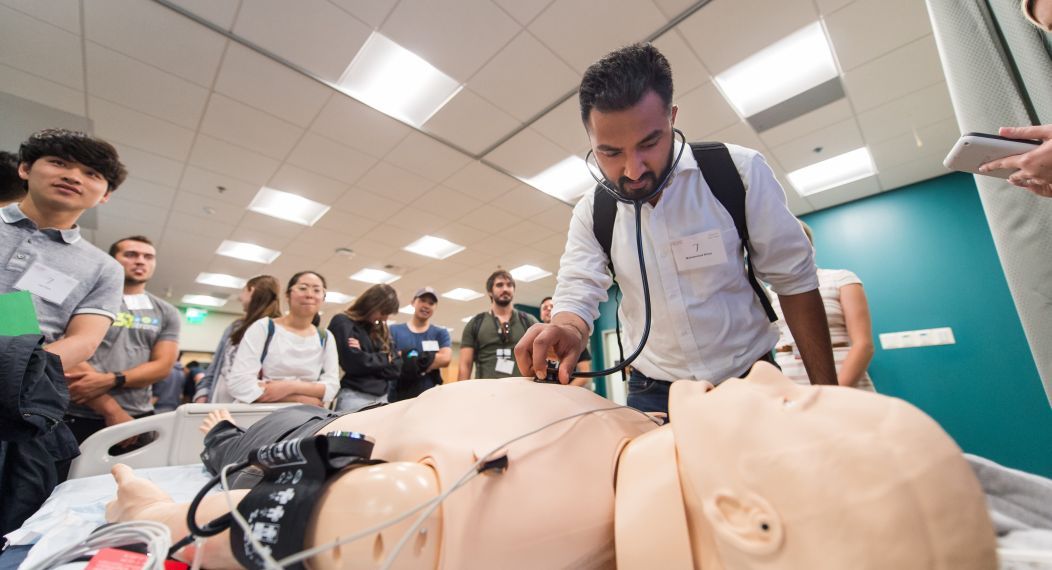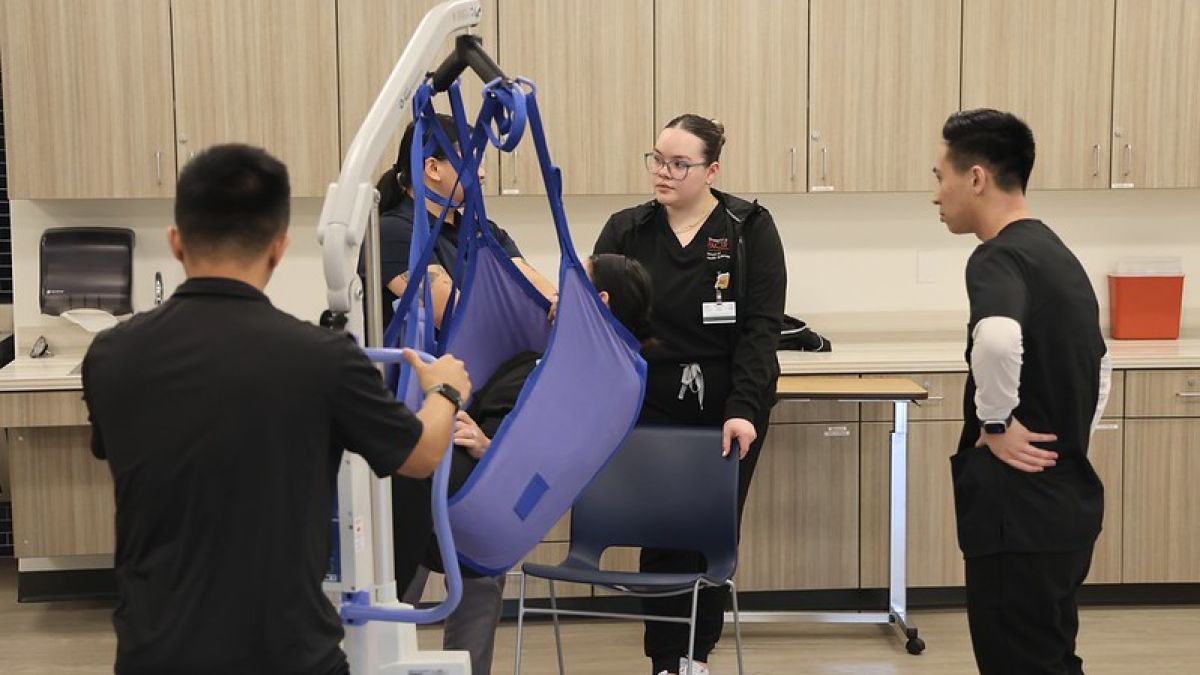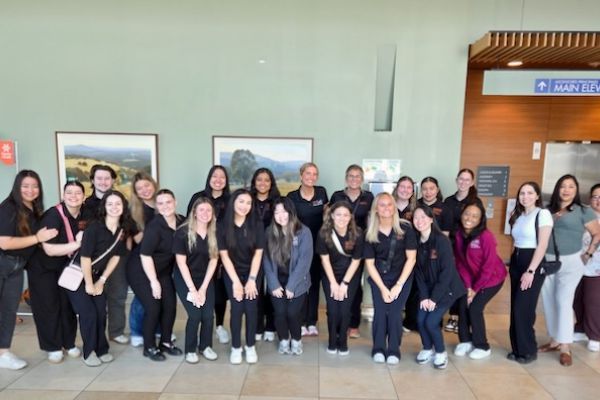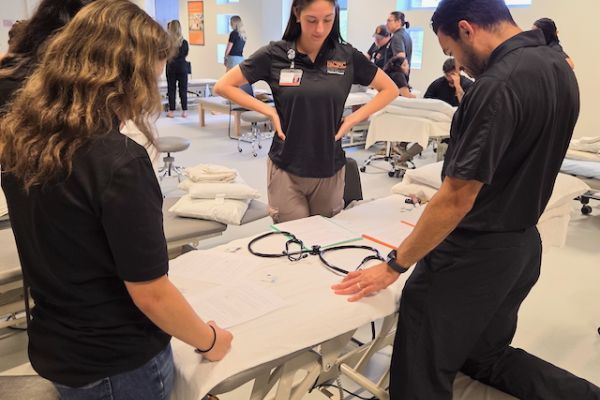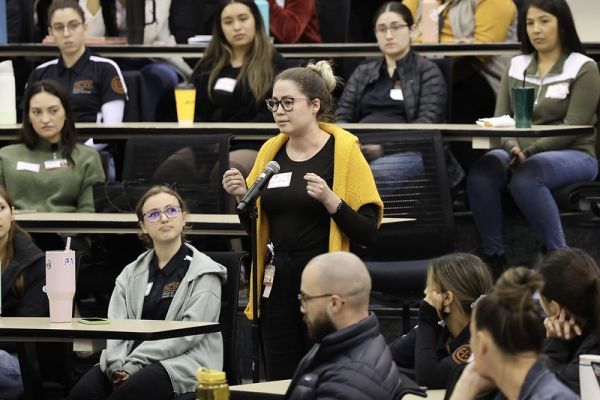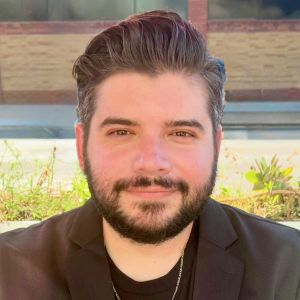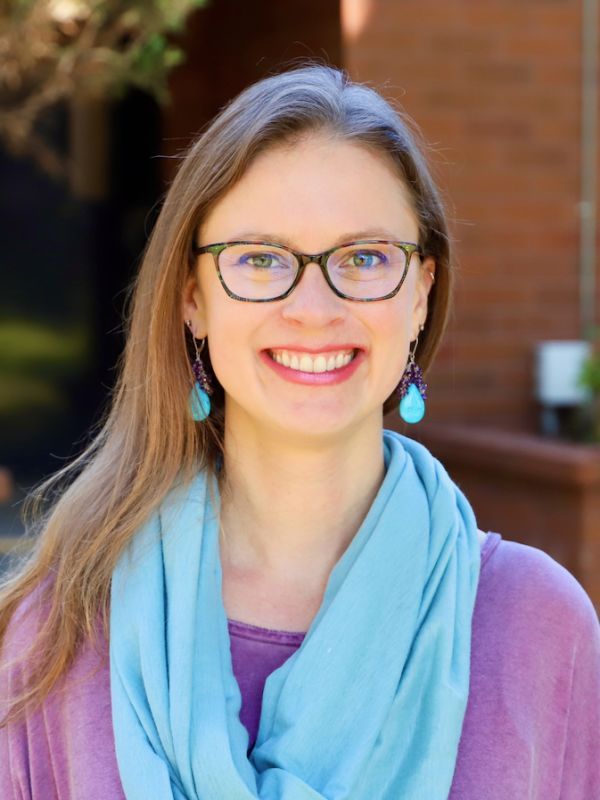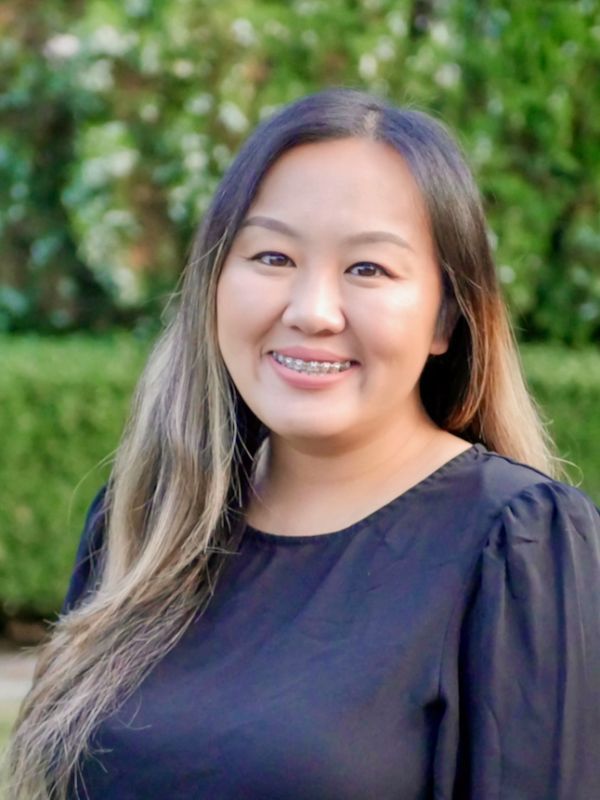What is interprofessional education?
Interprofessional Education (IPE) is vital to a student’s journey toward becoming a collaborative, patient-centered health care provider. IPE occurs when students from two or more disciplines come together to learn with, from, and about each other. These shared learning experiences build the mutual understanding, respect, and communication skills essential for delivering safe, effective, and team-based care.
At the University of the Pacific, interprofessional education is integrated across our health programs and takes place in classrooms, simulation labs, community events, and clinical settings. These experiences are designed to reflect real-world health care environments where collaborative practice leads to improved health outcomes and stronger communities.
The mission of Pacific’s interprofessional education is to prepare future health professionals to work across disciplines through intentional learning, teamwork, reflective practice, and shared service. Facilitated by the interprofessional education committee, IPE at Pacific fosters a culture of partnership, professionalism, and purpose, empowering students to lead with compassion and competence in today’s complex health systems.


